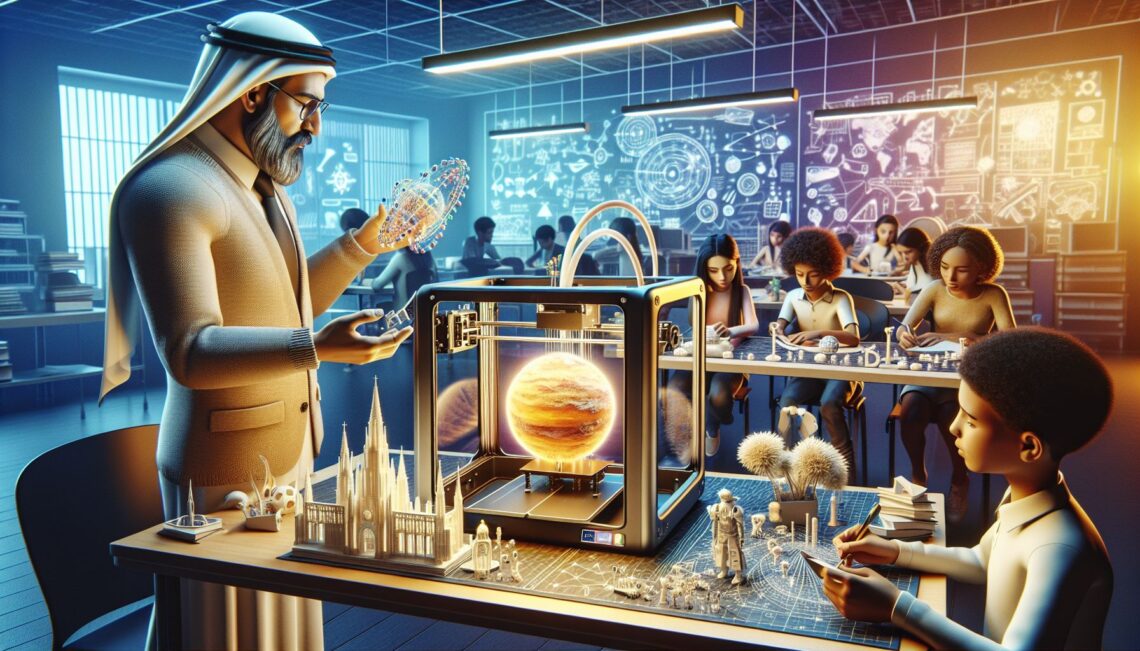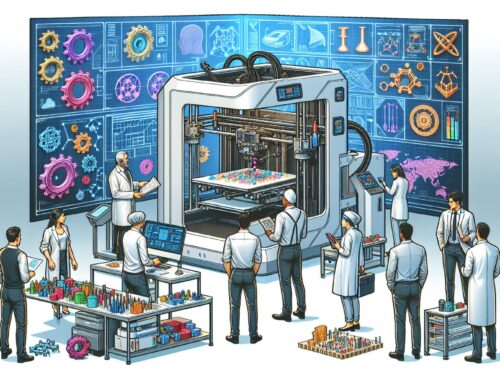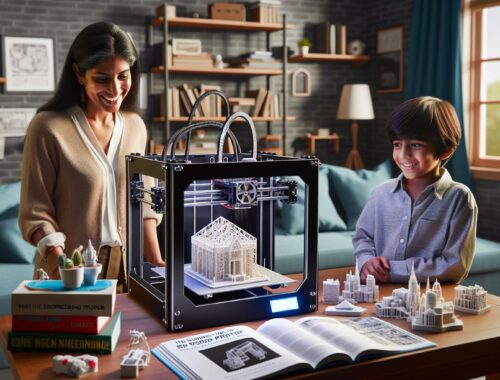
What the Future Holds for 3D Printers for Teachers
Introduction
In the ever-evolving world of education, technology continues to play a vital role in enhancing teaching methods and engaging students. One revolutionary tool that has gained significant attention in recent years is the 3D printer. These incredible devices have the power to bring lessons to life in a way that traditional teaching methods simply cannot. As we look to the future, it is clear that 3D printers will become an indispensable resource for teachers around the world.
The Potential for Building Models
One of the most exciting applications of 3D printers in the classroom is the ability to create realistic building models. Whether it’s historical landmarks, architectural designs, or scientific concepts, 3D printing allows teachers to produce intricate and accurate models that students can interact with. Imagine the moment when a classroom of students can hold a miniature replica of the Roman Colosseum in their hands, or assemble a 3D puzzle of a human anatomy.
By incorporating these models into their lessons, teachers can effectively bridge the gap between theory and practice. Students can visualize complex concepts in a tangible way, deepening their understanding through hands-on exploration. By touching, feeling, and manipulating physical objects, students can develop a more profound connection with the material, leading to a greater retention of knowledge.
Now is the Time to Learn How to Print with a 3D Printer
As the technology behind 3D printing continues to advance, it is increasingly important for teachers to familiarize themselves with this incredible tool. The learning curve associated with 3D printing is not as steep as one might think. With a little guidance and practice, any teacher can become proficient in using a 3D printer. Many schools already have access to these devices, and if they don’t, it is only a matter of time before they do.
Learning how to print with a 3D printer opens up a world of possibilities for educators. Teachers can take their lessons to new heights by incorporating interactive models that facilitate a deeper understanding of the subject matter. Moreover, students will undoubtedly benefit from the exposure to this technology, gaining valuable skills that have become increasingly relevant in today’s job market.
The Future of 3D Printing in Education
Looking ahead, the future appears incredibly promising for 3D printers in the realm of education. With each passing year, these devices become more affordable, efficient, and user-friendly. As a result, they are becoming increasingly commonplace in classrooms around the world.
With the rapid advancement of 3D printing technology, we can expect a wider range of materials to be available for use in classrooms. Currently, we see various types of plastics and resins being utilized, but in the future, we may see metal, ceramic, or even organic materials being printed. This expansion in materials will allow for even more realistic and accurate models, further enhancing the learning experience for students.
Additionally, 3D printing is not limited to visual models. The future may see the integration of other senses, such as printing objects with textures and smells, creating a truly immersive experience. Imagine a history lesson where students can touch a printed artifact or a science experiment where they can smell a printed molecule.
Conclusion
In conclusion, the future holds tremendous potential for 3D printers in education. These remarkable devices have the power to transform teaching methods, engage students, and deepen understanding. By incorporating building models into lessons, teachers can create a more interactive and immersive learning experience, bridging the gap between theory and practice.
Now is the time for teachers to embrace 3D printing and learn how to utilize this technology effectively. With heightened accessibility and continual advancements, 3D printers will undoubtedly become an indispensable tool in classrooms worldwide. As the future unfolds, we can look forward to even more sophisticated materials and multi-sensory experiences, further revolutionizing education for generations to come.
You May Also Like

Enhancing College Education Through 3D Modeling and 3D Printing
January 5, 2024
The Future of 3D Printers for Engineers
March 23, 2024

